Jim Harkin
Anomaly detection with spiking neural networks for LHC physics
Jul 31, 2025Abstract:Anomaly detection offers a promising strategy for discovering new physics at the Large Hadron Collider (LHC). This paper investigates AutoEncoders built using neuromorphic Spiking Neural Networks (SNNs) for this purpose. One key application is at the trigger level, where anomaly detection tools could capture signals that would otherwise be discarded by conventional selection cuts. These systems must operate under strict latency and computational constraints. SNNs are inherently well-suited for low-latency, low-memory, real-time inference, particularly on Field-Programmable Gate Arrays (FPGAs). Further gains are expected with the rapid progress in dedicated neuromorphic hardware development. Using the CMS ADC2021 dataset, we design and evaluate a simple SNN AutoEncoder architecture. Our results show that the SNN AutoEncoders are competitive with conventional AutoEncoders for LHC anomaly detection across all signal models.
Artificial Neural Microcircuits as Building Blocks: Concept and Challenges
Mar 24, 2024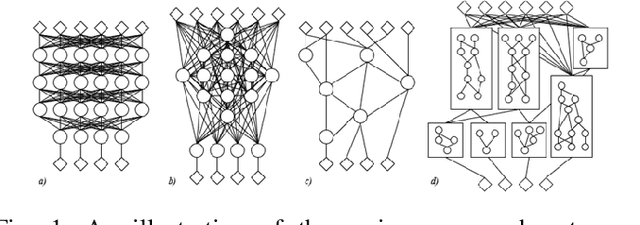
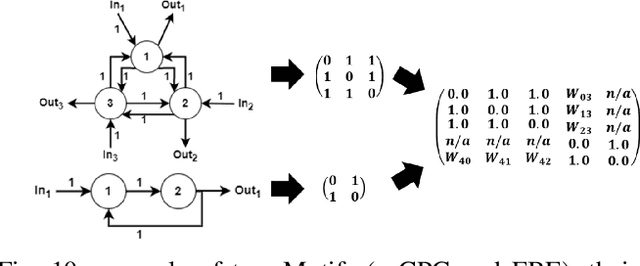
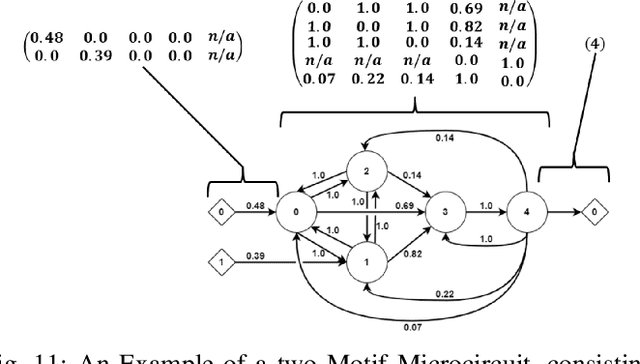
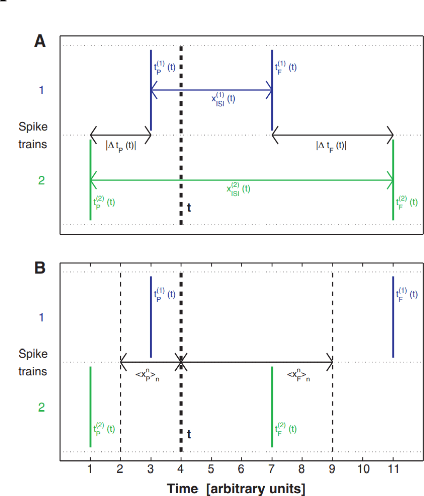
Abstract:Artificial Neural Networks (ANNs) are one of the most widely employed forms of bio-inspired computation. However the current trend is for ANNs to be structurally homogeneous. Furthermore, this structural homogeneity requires the application of complex training and learning tools that produce application specific ANNs, susceptible to pitfalls such as overfitting. In this paper, an new approach is explored, inspired by the role played in biology by Neural Microcircuits, the so called ``fundamental processing elements'' of organic nervous systems. How large neural networks, particularly Spiking Neural Networks (SNNs) can be assembled using Artificial Neural Microcircuits (ANMs), intended as off-the-shelf components, is articulated; the results of initial work to produce a catalogue of such Microcircuits though the use of Novelty Search is shown; followed by efforts to expand upon this initial work, including a discussion of challenges uncovered during these efforts and explorations of methods by which they might be overcome.
Hardware/Software Co-Design for Spike Based Recognition
Jul 14, 2008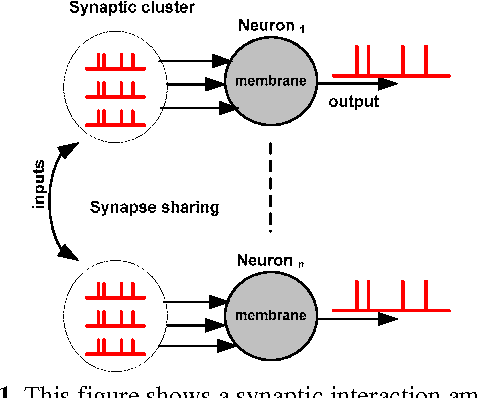
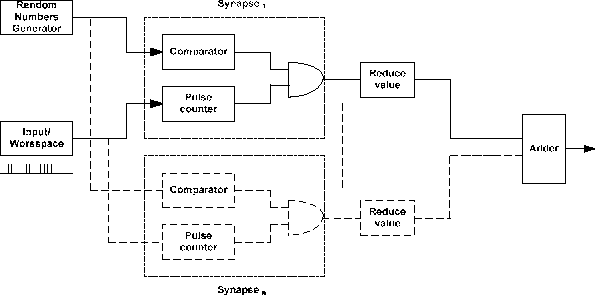
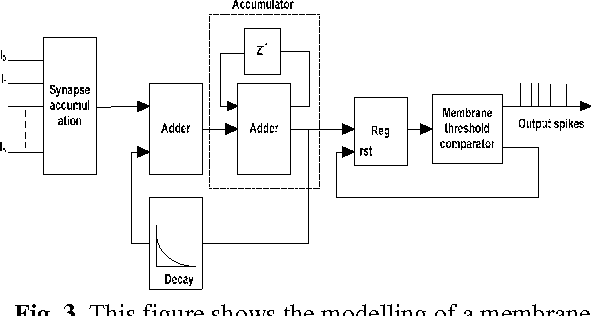
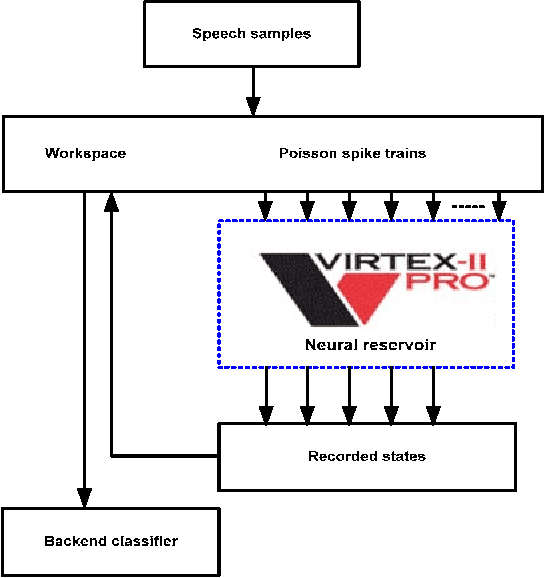
Abstract:The practical applications based on recurrent spiking neurons are limited due to their non-trivial learning algorithms. The temporal nature of spiking neurons is more favorable for hardware implementation where signals can be represented in binary form and communication can be done through the use of spikes. This work investigates the potential of recurrent spiking neurons implementations on reconfigurable platforms and their applicability in temporal based applications. A theoretical framework of reservoir computing is investigated for hardware/software implementation. In this framework, only readout neurons are trained which overcomes the burden of training at the network level. These recurrent neural networks are termed as microcircuits which are viewed as basic computational units in cortical computation. This paper investigates the potential of recurrent neural reservoirs and presents a novel hardware/software strategy for their implementation on FPGAs. The design is implemented and the functionality is tested in the context of speech recognition application.
 Add to Chrome
Add to Chrome Add to Firefox
Add to Firefox Add to Edge
Add to Edge